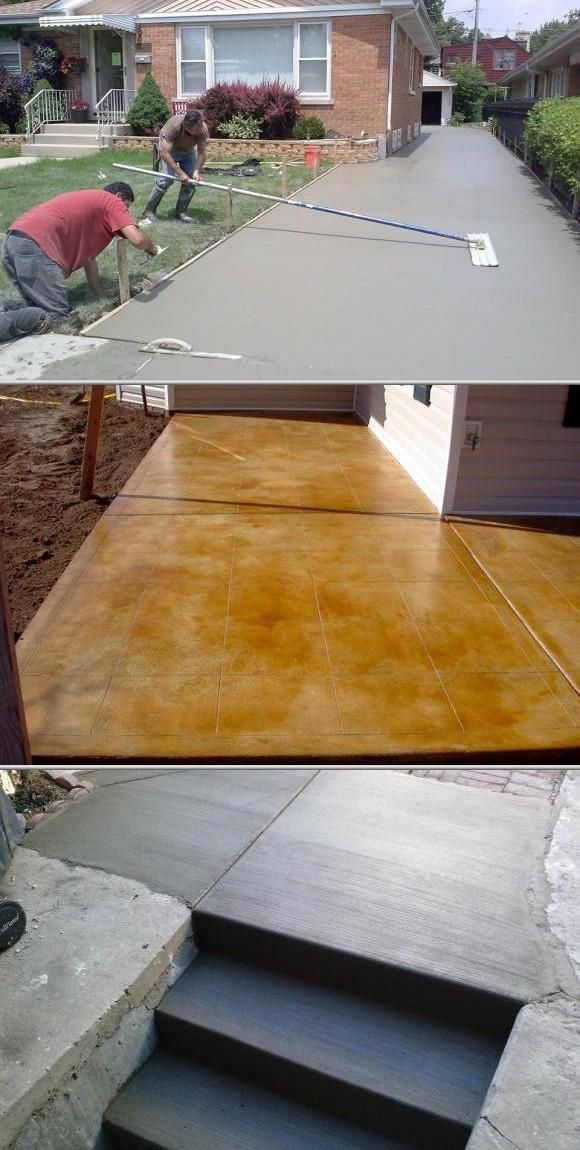
If you suspect that your ceiling is leaky, there are several steps you should take. To begin with, make a small hole in the ceiling and inspect for broken pipes or seals. If you find no problems, it's time to fix the roof and gutters. Drywall repair involves removing damaged wall and replacing it with a brand new one. Check for damaged drywall in any other areas. Once you've identified the problem you can contact your insurance provider to request a quote for repairs.
Signs
You may have a ceiling leak if you notice discoloured or wet patches in your ceiling. The water may be coming in from below, and it could travel a great distance before it appears. Water can also cause mold growth, which discolors ceilings. Although these signs are not obvious, it is important to get help as soon as possible. These are signs that your ceiling is leaky. These steps will help you spot ceiling leaks.
Sagging Ceilings - You may have a ceiling leak if you notice stains on your walls, around windows, and in corners. This can be an indication of a water leak, and it should be addressed promptly. The stain could spread, causing damage to the home's structure. Look out for signs of hidden water damage on walls and ceilings. These signs can indicate a potential leak from the roof, which could cause other problems like damp inside the house.

Causes
Water coming from your ceiling intermittently or continuously is a sign of a leak in the roof/pipes. If the leak is not obvious, shut the valve off to stop water leaking into the pipes. While you wait for a plumber to arrive, temporary solutions can be set up. When you suspect that the water coming from your ceiling is due to a leak, you should make sure to dry the area thoroughly before attempting to fix the issue.
Your ceiling will be affected by the damage to your roof. It may appear as a wet brown spot or footprint. You could have a collapsed ceiling if you don't address the problem immediately. If you don't find the leak quickly, there are other causes that can cause your ceiling to leak. Listed below are some of the most common causes.
Repairs
If you recognize the signs of water damage, it is easy to identify and fix ceiling leaks. You should have the ceiling repaired as soon possible if you notice water spots. If water stains are visible on your ceiling, you should contact a plumber immediately. Two sources of water damage to the ceiling are a leaking pipe and a roof above it. If you notice rust-colored stains on the ceiling or watermarks on the ceiling, then it is likely that a leak is causing the damage.
It is important to identify the source of the leak in order to determine the extent of the problem. Large liquid leaks could leave behind water, which may not be completely wiped away. This water may cause uneven drying and may cause further problems. Use rags for the job. Additionally, the water dripping from the ceiling will help pinpoint the source of the leak. You can then attempt to repair the leak by calling a professional.

Coverage for insurance
If you discover a leaky ceiling after a major hurricane, there are steps you should take to obtain coverage. First, locate the source of problem. First, identify the cause of the problem. Next, make any temporary repairs necessary. Keep all receipts. It is possible that you will need to meet with a claims adjuster. If this happens, be ready to discuss your case. Nationwide has an easy-to-use online quote tool that makes it easy to obtain an estimate.
While your home insurance policy may cover sudden water damage, it won't cover gradual damage caused by a toddler. Your insurance company may not pay the repair bill if the water leak was caused by a defective appliance. The same applies for a leaking ceiling from an appliance, such a washer machine or refrigerator. Your insurance company will also want to see that the roof is regularly maintained to prevent water damage.
FAQ
How can I find a reliable handyman?
Before hiring a handyman you should always verify their references. Ask family and friends who have worked with him or her before. Look online too - there are many sites where handymen leave reviews.
What do the majority of handymen charge an hour for?
An hourly rate for a handyman is between $50 and $75. Most have been doing this for years. The average time they spend on any job is around 10 hours. They are well-known in their community and don't have to advertise.
They have a tendency to be specialized and develop customer relationships over time.
Their main advantage over other contractors is their speed, reliability, affordability, and cost-effectiveness.
Most people know at most 2-3 of these men and are able to trust them enough to call when they have a problem.
Some people are so talented that they own their own business.
When is the right time to hire a handyman?
There's no "right" moment to hire a handyman. You should get started as soon you can. Of course, you can wait until after the holidays to save some money. But you could also just pick up the phone and call around to different handymen.
Statistics
- More than 20% of homes in America have outdoor living spaces, including decks and patios. (mrhandyman.com)
- With a strong housing market, the handyman and general maintenance worker industry are expected to grow by nearly 10% in the next decade. (housecallpro.com)
- Our handyman services for seniors are provided by professional senior helpers who have been serving the community for over 20 years with 98% customer satisfaction. (cantatahomeservices.org)
- Mila keeps a commission of 20% for each completed service performed by Friends and charges various service fees regarding work done by Pros. (appjobs.com)
- “Once the pandemic hit, that number fell to about 20%.” (inquirer.com)
External Links
How To
How to Install a Receptacle Box
Always follow local guidelines when installing an electrical outlet. This includes making sure that the wiring is correctly installed and that there aren't any fire hazards or water damage.
Four wires are coming from the circuit breaker panel. Most boxes come prewired for installation. The two black wires run through a box to the first screws on one side. While the red and the white wires run to the second screws on the opposite side. When connecting wires, it is important that you don't use wire nuts or wrap around screws. It is likely that you will have problems getting the wires into place after tightening them down. You want to keep them loose enough to move freely but tight enough so they won't pull out of their respective holes.
Add another piece of hardware if you need to add a container to an existing metal box. To do this, remove the top of the metal box and place a new coverplate. Once the hole is made for the new receptacle and the cover plate is attached, you would need to connect all of the wires to the new receptacle.
It is possible to replace existing light switches in your house with modern ones without the need for a licensed electrician. To begin, you need to remove the old light switch from its mounting point. Then, disconnect all wires connecting to the switch. These wires include power going into the switch itself and the ones that supply electricity to the lights in the room where the switch is located. After you've disconnected everything, you're ready to begin the replacement process.
Once you have removed the old switch, measure the distance between wall studs and mark it with a permanent marker. Once you have measured the distance between wall studs and marked them with permanent markers, you can determine whether the new switch must be mounted high above the floor or below it. Depending upon the height of the switch, you'll need to drill a hole to mount the bracket or attach it directly to drywall using drywall anchors.
After the measurements are taken and the locations have been marked up, it's time to get started. You will need to remove the drywall from the area where the switch will go. For cable safety, make sure you leave 8 inches between each of the studs. Next, you will need to install the new switch using the appropriate mounting brackets. After attaching the cables to the switch, you will need to secure it to the mounting plates. Once the switch is fully installed, you'll need to turn back the power and test it for proper operation.